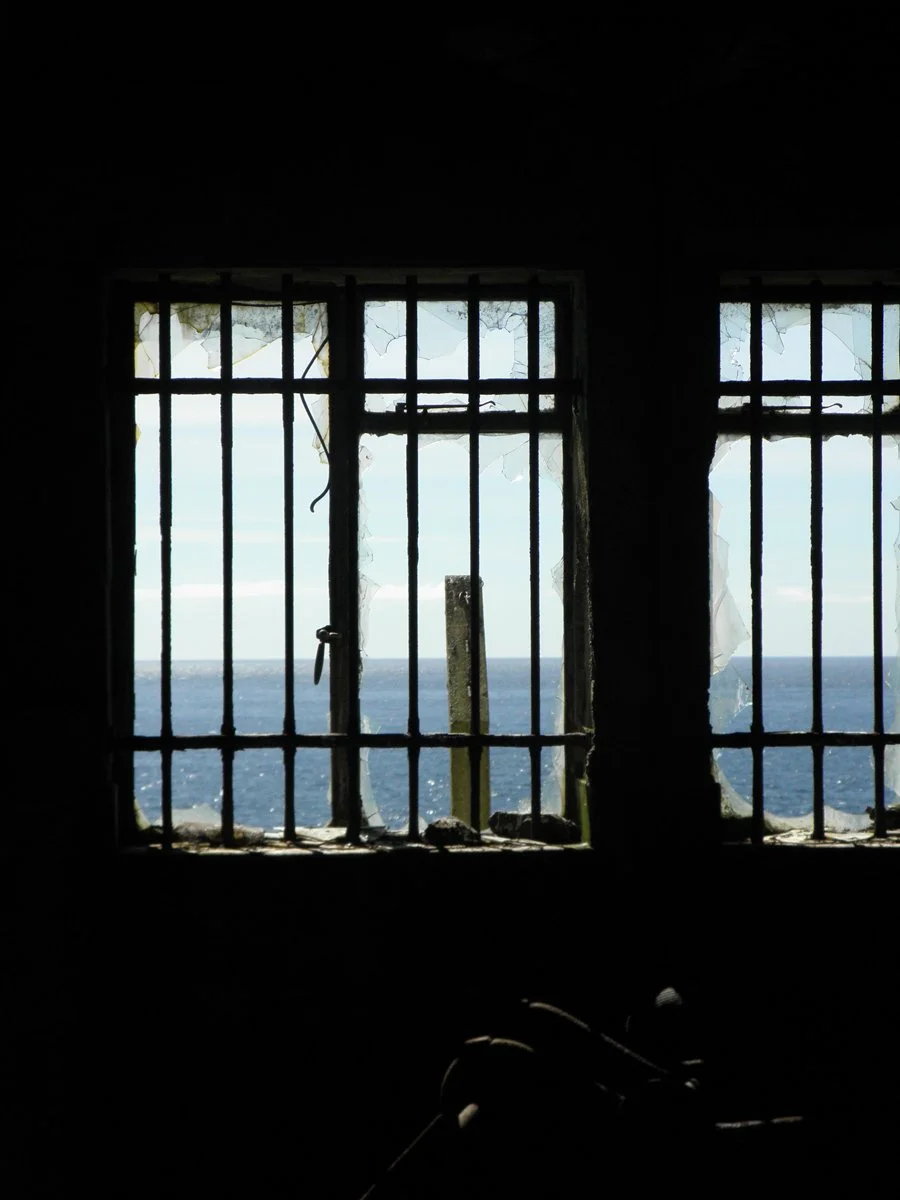Shetland Day 1 - Garth’s Ness and Fitful Head
The first part of Day 1 of my Shetland residency (based at Sumburgh Head Lighthouse) was spent at Fitful Head and Garth’s Ness.
A trip up the long road to the radar station at Fitful Head gave panoramic views of the surrounding area. Sumburgh Head curved around to the south whilst the remains of an RAF radar station were scattered in the valley to the north.
Next was a visit to the site of RAF Garth’s Ness, a NATO LORAN A (Long Range Navigation) station.
This technology was developed by the U.S. military during World War II and although accurate only to tens of miles, it remained in use into the late 1970s and early 1980s. Garth’s Ness does not actually date from WWII but was commissioned in 1961. It was officially decommissioned in January of 1978. These kinds of navigational systems have now been replaced today by GPS. [1]
There are remains of a generator and other machines for the site’s operations, as well as barracks, latrines and kitchen facilities for personnel stationed here.
